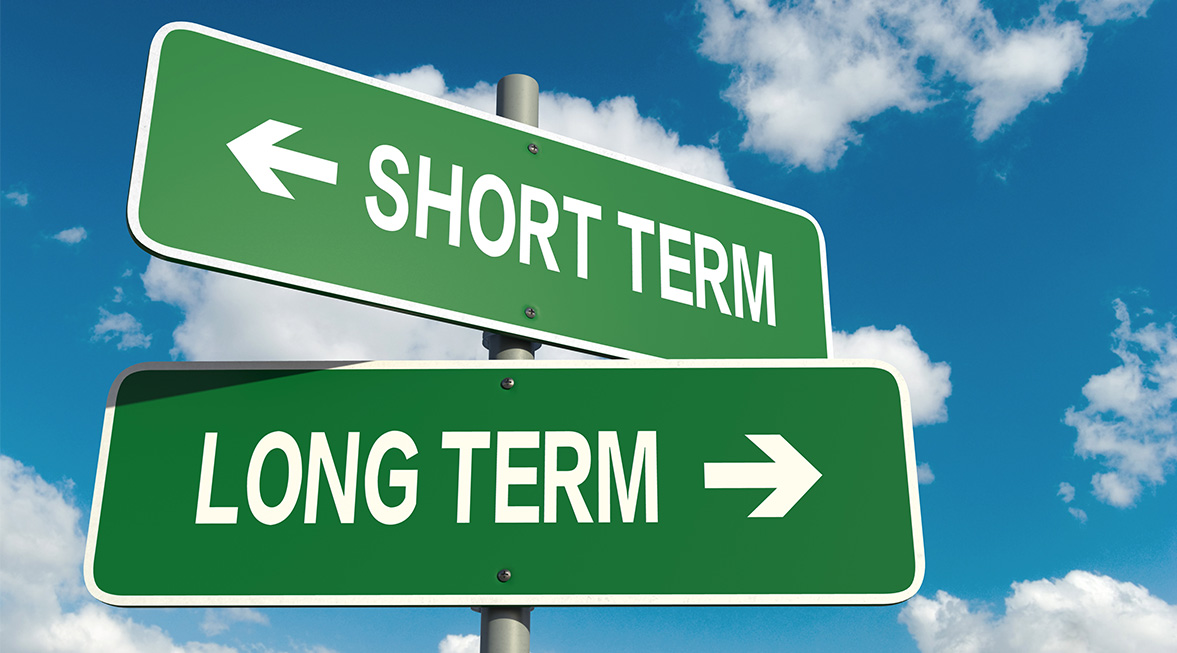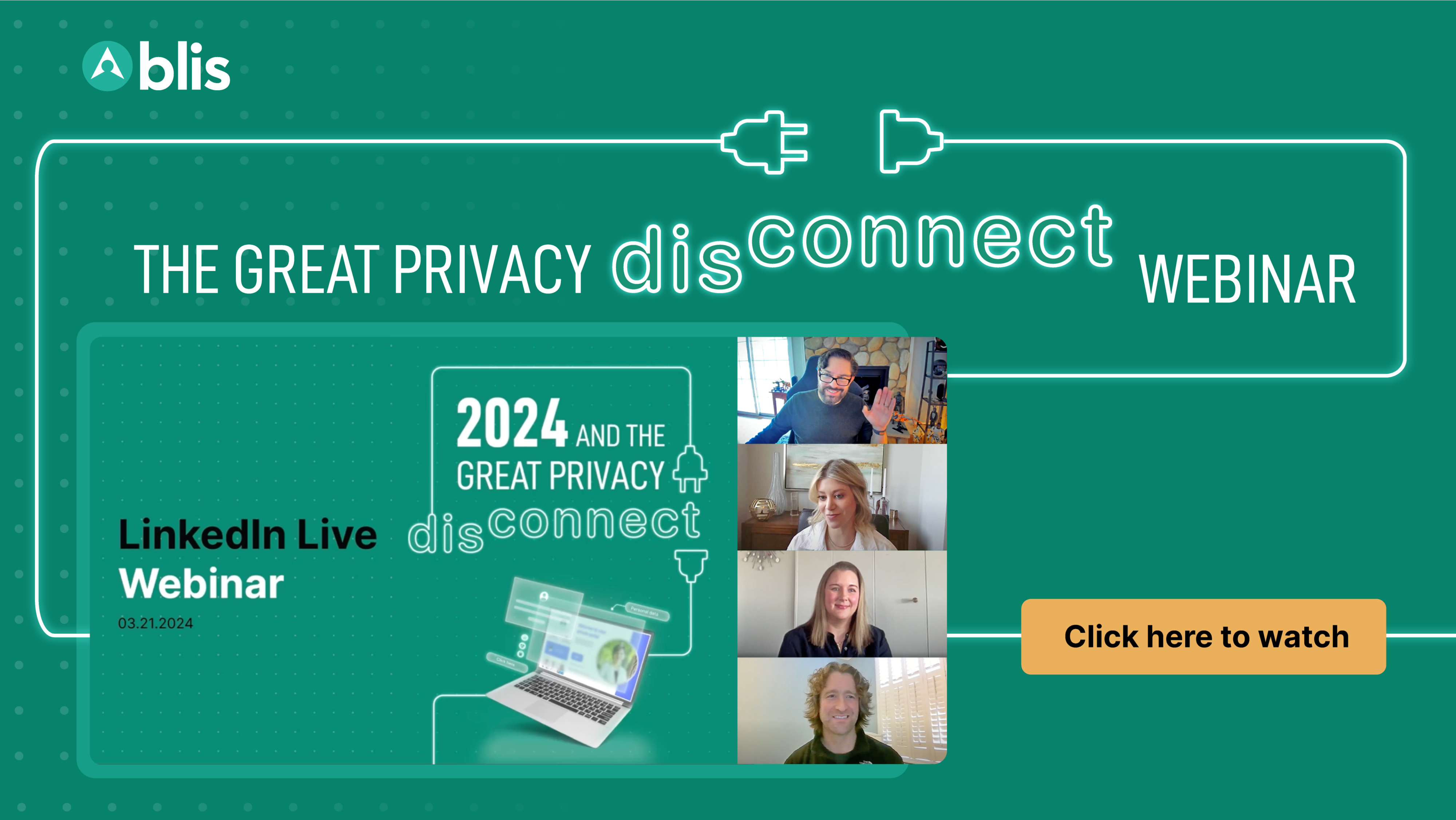In our research paper Unlocking the New Consumer Hierarchy of Needs, we outlined the shift in consumer mindset and how best for brands to engage the new ‘Conscious Consumer’ based on their preferences and needs. We found that for brands to keep the fire ablaze, they must address consumer relationships on both a short and long-term basis simultaneously. Brands can’t afford to ignore either path of engagement without risking losing customers to the competition.
Brands, go long!
In general, today’s consumers demand that communications be tailored to them. And it’s in the best interest of the brands to do so with 71% of the surveyed consumers claiming to make decisions and engage with brands based on promotions and informational content. However, just sending them relevant content isn’t going to cut it long term. Our research found that consumers allow for brands to make more mistakes when they like them and that with 55% of consumers giving brands only one chance for a mistake before moving on, meaning it’s vital to earn their affection. Brands can do that by demonstrating long-term moral behavior and offering short-term or ‘in-the-moment’ value to customers.
Brands can do this by leveraging location data to target consumers when they are receptive to emotive content while at home – keeping the price/product/promotion messaging for active shopping periods. When the Conscious Consumers are home and connected to wifi, brands should serve them helpful longer-form content. This won’t sway them to convert in the short term, but it will impact the future relationship by providing value to them. Brands should be making deposits in the consumer/brand relationship savings account with this type of communication that can be drawn against to mitigate future brand mishaps.
Short-term lay ups
Investing in long-term relationships is important but so is converting the relationship into sales. Our research revealed that 83% of respondents make multiple, low-value, impulse purchases and 69% of respondents research and price compare (and, importantly can be swayed) right until they make the payment. This presents a significant opportunity for brands to attract short term ‘wins’ by engaging at the right time and right place with relevant and compelling messaging. While this is a common practice in the old retail playbook, brands might not realize how long of a window they have to influence the customer–it’s actually open until the transaction is made.
To determine the best moment to reach out to a potential consumer, retailers should be leveraging location insights. Will this consumer will be receptive to brand messaging in the moment based on where they are or what mobile connection they are on? If brands are able to provide value at the right time, they have a greater chance at swaying them last minute. But they should also pay attention to historical location data for profiling to infer future consumer behavior. With this, brands can target consumers with a last minute communication that provides immediate value– something that the brand knows the consumer wants and can use.
With the guidelines provided in the research and the use of location data, brands can better understand consumer interests, build affinity with them long-term via helpful content, and anticipate when competitor purchases are about to be made to sway shoppers with personalized deals.




